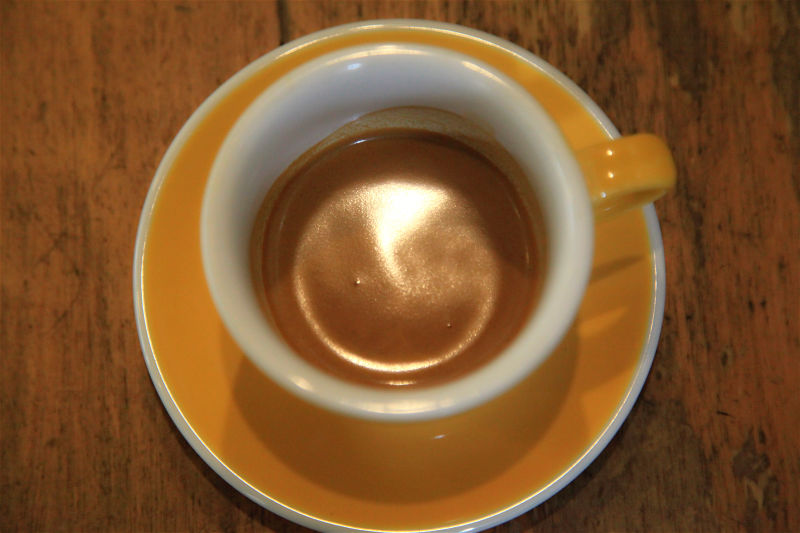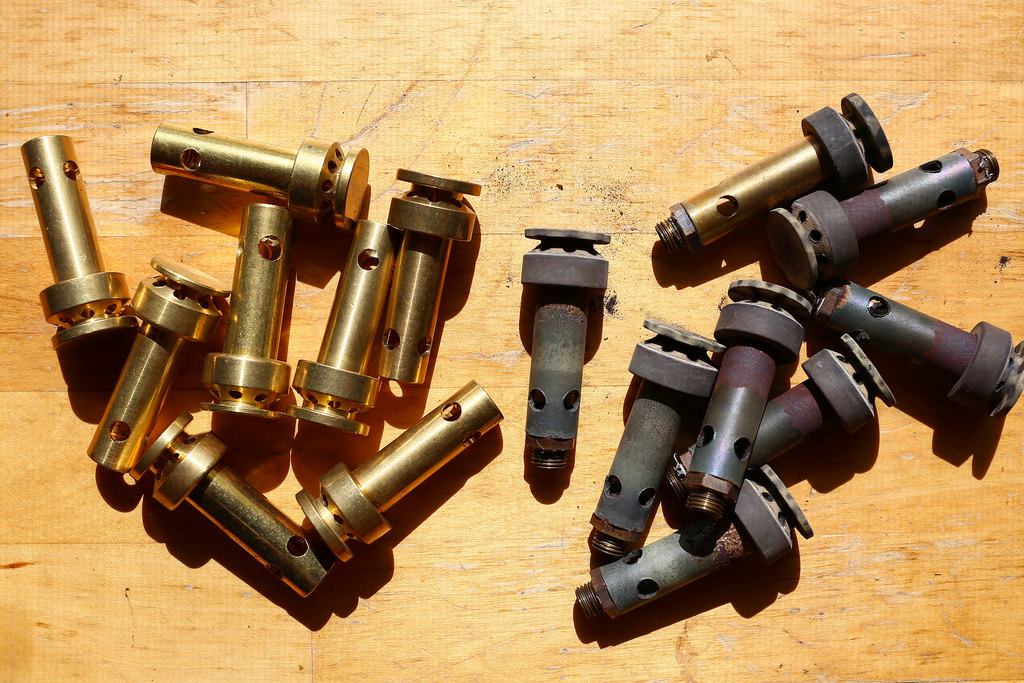Learn how to taste Espresso coffee and how to drink Espresso coffee.

Professional coffee knowledge exchange More coffee bean information Please pay attention to coffee workshop (Weixin Official Accounts cafe_style)
You probably already know what espresso tastes like, you know it's a coffee with a strong taste, extracted by high temperature and rapid pressure. It has a dense texture, a layer of crema floating on the surface, and a lingering aftertaste. These descriptions are absolutely true for espresso coffee, good or bad. It's a bit of a challenge to simply get that taste. But beyond that, you can use the taste to improve the quality of the Espresso you make, and you can also identify the quality of the Espresso you serve in a coffee shop or restaurant.
So, what points are we looking at? How to learn Espresso tasting method?
bitter taste
Just as we are first exposed to the taste of beer, wine, or spirits, the first thing we notice is the burning of alcohol in our mouths, or the intense bitterness to which we are not yet accustomed. However, as one of the great human gifts, we recognize bitterness as a flavor that adds depth and depth to food. Finally, we started looking for ways to find it in a smaller range--just as we were looking for one color among many that would make a gorgeous, rich painting. All coffees have some bitterness, and in Espresso this bitterness becomes more concentrated and intense. In some cases, it evolves into a taste that we associate with espresso extract and look forward to.
acidity
Acidity is another flavor that makes our tongues twist together when we taste coffee. Acidity also increases when espresso is extracted. What is acidity? Acidity permeates your taste buds like a crisp green apple or lemon, which are much more acidic than bananas, which are highly sweet fruits. A truly excellent boutique coffee will be appreciated for just the right amount of acidity. As an espresso, the taste of Espresso is amplified by acidity, both good and bad: too much acidity will wrinkle your mouth like a big bite of lemon, and you will definitely prefer the feeling of gushing juice filling the whole mouth; too little acidity will make the cup of coffee plain.
sweetness
To balance bitterness and acidity, a perfect cup of Espresso, or all coffee, should actually have a distinct sweetness in it. As you get used to the bitter taste and sometimes strong acidity of coffee, people often forget or even suspect the sweetness. Remember, though, that coffee cherries grow on trees, and coffee beans are wrapped in the pulp of tropical coffee cherries: the closer they get to maturity, the sweeter the cherries become, and the sweeter the coffee seeds and beans in them become. The roasting process is designed to enhance sweetness, produce browning and caramelizing reactions, and ultimately brown the coffee and make it easier to brew.
the perfect balance
Learning how to taste Espresso better can also help you make better Espresso. What you need to do is find the perfect balance. A cup of espresso consists of many variables: extraction ratio, time, temperature, etc., which blend into a caramel or toffee flavored liquid. For many people, even Espresso aficionados, it's impossible to say coffee is sweet. Probably because it's really hard to make a good espresso.
Constantly tasting the opposite is the best way to find this perfect balance. By tweaking your tasting technique and savoring the aftertaste, you'll get an idea of what's wrong. Pay special attention to bitterness and acidity: excessive bitterness and a long aftertaste usually indicate that coffee has been over-extracted; too strong acidity is a sign of insufficient extraction. To achieve balanced flavors, your cup of espresso must contain all three flavors: bitterness, acidity, and sweetness in complementary proportions.
The best way to find the perfect Espresso flavor is to practice, but making an Espresso at home means you need to be more careful and organized about the coffee you extract, rather than turning on the coffee machine every morning before work.
Important Notice :
前街咖啡 FrontStreet Coffee has moved to new addredd:
FrontStreet Coffee Address: 315,Donghua East Road,GuangZhou
Tel:020 38364473
- Prev

Cleaning and maintenance of Italian coffee machine correct maintenance of semi-automatic coffee machine
Professional coffee knowledge exchange more coffee bean information Please follow the coffee workshop (Wechat official account cafe_style) as long as the coffee liquid touches the surface, the coffee oil will continue to stick. Because of its unstable chemical properties, the accumulated grease will soon become bitter. When freshly brewed coffee comes into contact with these old oils, it will smell rotten. The bad news is: one
- Next

Coffee roaster maintenance roaster burner have you changed?
Professional coffee knowledge exchange more coffee bean information please follow the coffee workshop (Wechat official account cafe_style) how long has it been since your coffee roaster gas burner has been changed? Do you think the firepower is getting bigger and bigger recently? Red and yellow fire jumping and flashing? Hurry up to take advantage of the year-end maintenance and replace the gas burner for your bean dryer. For a few hundred yuan, the burning will be done in half an hour.
Related
- Beginners will see the "Coffee pull flower" guide!
- What is the difference between ice blog purified milk and ordinary milk coffee?
- Why is the Philippines the largest producer of crops in Liberia?
- For coffee extraction, should the fine powder be retained?
- How does extracted espresso fill pressed powder? How much strength does it take to press the powder?
- How to make jasmine cold extract coffee? Is the jasmine + latte good?
- Will this little toy really make the coffee taste better? How does Lily Drip affect coffee extraction?
- Will the action of slapping the filter cup also affect coffee extraction?
- What's the difference between powder-to-water ratio and powder-to-liquid ratio?
- What is the Ethiopian local species? What does it have to do with Heirloom native species?

